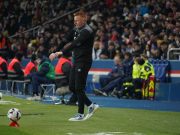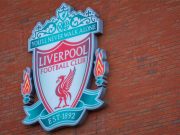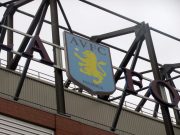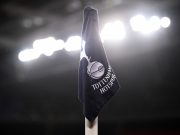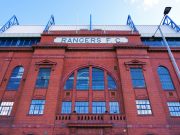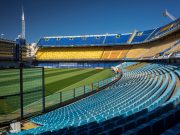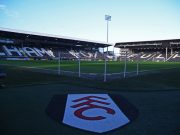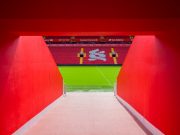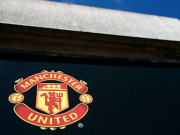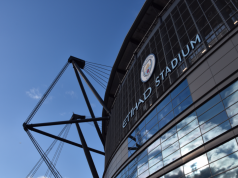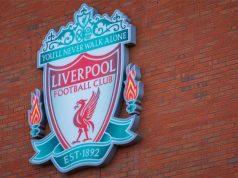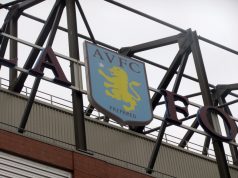The daughter of Watford chief Giampaolo Pozzo has indicated she intends to get a sponsor for Vicarage Road in the near future.
The Pozzo’s have been in charge of Watford since 2012 when Gino Pozzo and his father acquired the club from the previous owner Laurence Bassini.
Pozzo became the sole owner in 2014, and they have since worked to establish and grow the club to various levels of success.
Those efforts have seen them work to expand the club as much as possible, particularly when they have been in the Premier League. All that will return with force in the near future after Watford returned to the top flight last season.
And Magda Pozzo, who works in sales and marketing, has suggested part of her plan is to get a sponsor’s name on the club’s stadium Vicarage Road.
“Nowadays, football can no longer just provide visibility but must offer something else,” she told Tuttosport.
“We have relationships of medium to long duration: Renault has been with us for 11 years, Vortice for 5.
“Among other things, with Watford, I am promoting synergies so as to contaminate the interests of the sponsors of the two clubs, which have different target markets.
“After all, we are the only European family that owns two top flight clubs. In Italy, we were the first to sponsor the name of the stadium, and I want to do the same with Watford.”
Changing the name at Vicarage Road may not be the only change that Watford fans will have to adapt to in future either.
The post-COVID football world is likely to be a very different one for football fans, with the sport still needing to find a way to accommodate big crowds in a safe manner.
One way could be developing a system that allows the club to control how close fans are to each other, even with reduced crowds.
And it seems the Pozzo family already have a plan in place for such a system and have tested it out at their other club Udinese.
“My biggest ambition right now is to turn the Dacia Arena into a Green Stadium, a 100% eco-friendly stadium, and I see great sensitivity from the partners,” she added.
“Obviously, the hope is to reopen as soon as possible to the fans. Two months ago we did a test together with Infront and a technology company: the experiment with 700 people was effective.
“Each person wore a badge that vibrated if the distance to another person was too close; the input ended up at the control room that then contacted the steward who went to urge the change of position.
“Now we need clarity on when and how to reopen, and in this sense, we need streamlined decisions. A timetable must be drawn up and positive signals given. We need them.”



